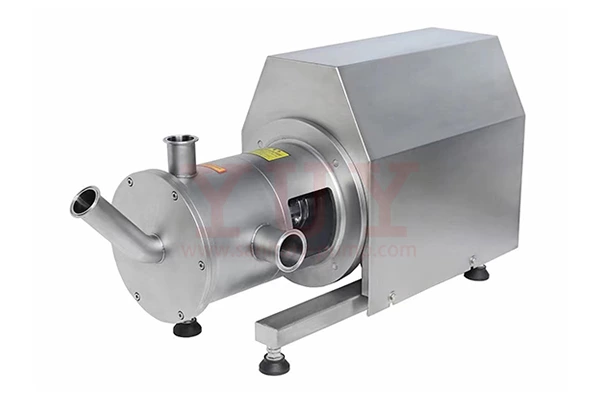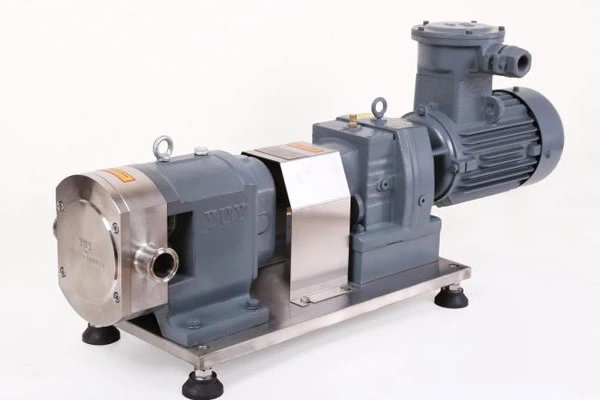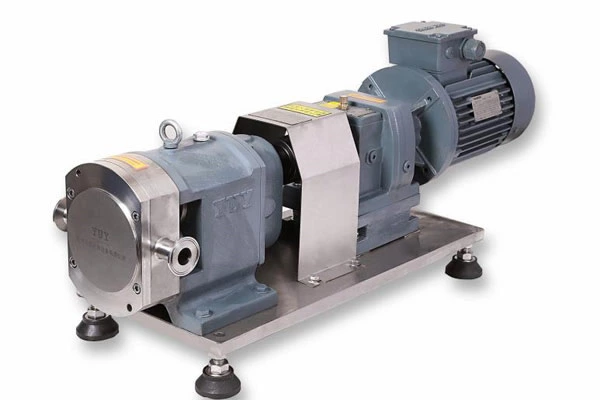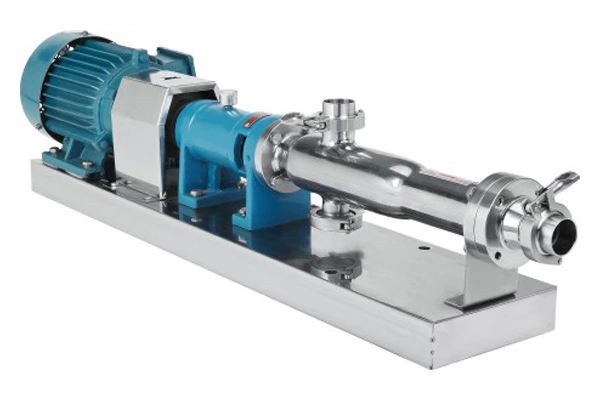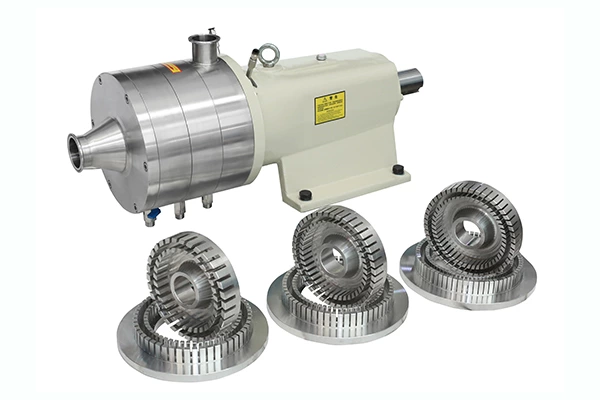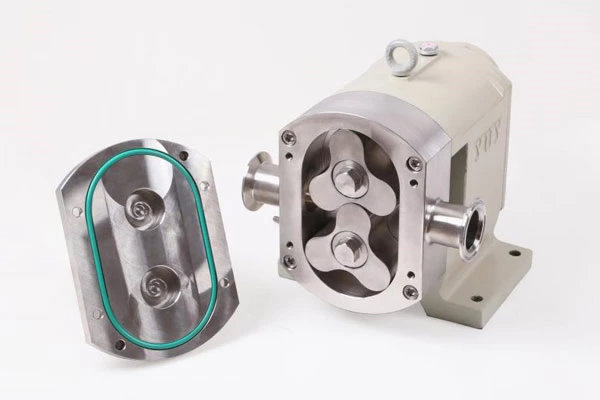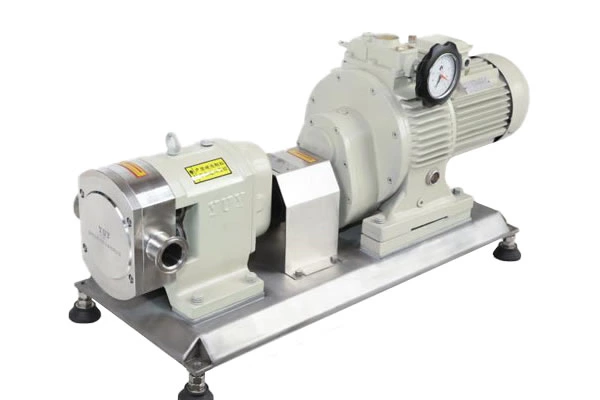Fault Diagnosis And Elimination Measures For Solid-liquid Mixing Pump
Usually, during the maintenance process of Solid-Liquid Mixing Pump, the diagnosis of solid-liquid mixing pump failure is a key link. The following are several common faults and elimination measures for everyone to carry out the diagnosis of solid-liquid mixing pump failure in a targeted manner.
1. No liquid supply, insufficient liquid supply or insufficient pressure
1) The pump is not filled with water or properly vented
Elimination measures: Check whether the pump housing and inlet pipeline are fully filled with liquid.
2) The speed is too low
Elimination measures: Check whether the motor wiring is correct, whether the voltage is normal, or whether the steam pressure of the turbine is normal.
3) The system head is too high
Elimination measures: Check the system head (especially friction loss).
4) The suction range is too high
Elimination measures: Check the existing net pressure head (inlet pipelines that are too small or too long will cause great friction losses).
5) The impeller or pipeline is blocked
Elimination measures: Check for obstacles.
6) The direction of rotation is wrong
Elimination measures: Check the direction of rotation.
7) Air is generated or there is a leak in the inlet pipeline. Elimination measures: Check the inlet pipeline for cavitation and/or air leakage. 8) The packing or seal in the stuffing box is worn, allowing air to leak into the pump casing. Elimination measures: Check the packing or seal and replace it as needed, and check whether the lubrication is normal. 9) Insufficient suction head when pumping hot or volatile liquids. Elimination measures: Increase the suction head and consult the manufacturer. 10) The foot valve is too small. Elimination measures: Install a foot valve of the correct size. 11) The foot valve or inlet pipe is not immersed deep enough. Elimination measures: Consult the manufacturer for the correct immersion depth. Use a baffle to eliminate vortices. 12) The impeller clearance is too large. Elimination measures: Check whether the clearance is correct. 13) Damaged impeller. Elimination measures: Check the impeller and replace it as required. 14) The impeller diameter is too small. Elimination measures: Consult the manufacturer for the correct impeller diameter. 15) The pressure gauge is not in the correct position. Elimination measures: Check whether the position is correct and check the outlet nozzle or pipeline. 2. The solid-liquid mixing pump stops after running for a while. 1) The suction head is too high. Elimination measures: Check the existing net pressure head (the inlet pipeline is too small or too long, which will cause great friction loss). 2) The impeller or pipeline is blocked. Elimination measures: Check for obstacles. 3) Air is generated or there is leakage in the inlet pipeline. Elimination measures: Check the inlet pipeline for cavitation and/or air leakage. 4) The packing or seal in the stuffing box is worn, causing air to leak into the pump casing. Elimination measures: Check the packing or seal and replace it as needed. Check whether the lubrication is normal. 5) Insufficient suction head when pumping hot or volatile liquids. Elimination measures: Increase the suction head and consult the manufacturer. 6) The immersion depth of the foot valve or inlet pipe is not enough. Elimination measures: Consult the manufacturer for the correct immersion depth and use a baffle to eliminate vortexes. 7) Damage to the gasket of the pump casing
Elimination measures: Check the condition of the gasket and replace it as required.
3. The power consumption of the solid-liquid mixing pump is too large
1) The rotation direction is wrong
Elimination measures: Check the rotation direction.
2) Damage to the impeller
Elimination measures: Check the impeller and replace it as required.
3) The rotating parts are stuck
Elimination measures: Check whether the clearance of the internal wear parts is normal.
4) Shaft bending
Elimination measures: Straighten the shaft or replace it as required.
5) Too high speed
Elimination measures: Check the winding voltage of the motor or the steam pressure delivered to the turbine.
6) The head is lower than the rated value. Too much liquid is pumped
Elimination measures: Consult the manufacturer. Install a throttle valve and cut the impeller.
7) The liquid is heavier than expected
Elimination measures: Check the specific gravity and viscosity.
8) The stuffing box is not properly packed (insufficient packing, not properly inserted or run-in, packing is too tight)
Elimination measures: Check the packing and refill the stuffing box.
9) Improper bearing lubrication or bearing wear
Elimination measures: Check and replace as required.
10) Incorrect running clearance between wear rings
Elimination measures: Check whether the clearance is correct. Replace the wear rings of the pump casing and/or impeller as required.
11) Too much stress on the pipe on the pump casing
Elimination measures: Eliminate stress and consult the manufacturer's representative. After eliminating stress, check the alignment.
Usually, during the overhaul of solid-liquid mixing pumps, the diagnosis of solid-liquid mixing pump failures is a key link. The following are several common faults and elimination measures for everyone to diagnose solid-liquid mixing pump failures in a targeted manner.
